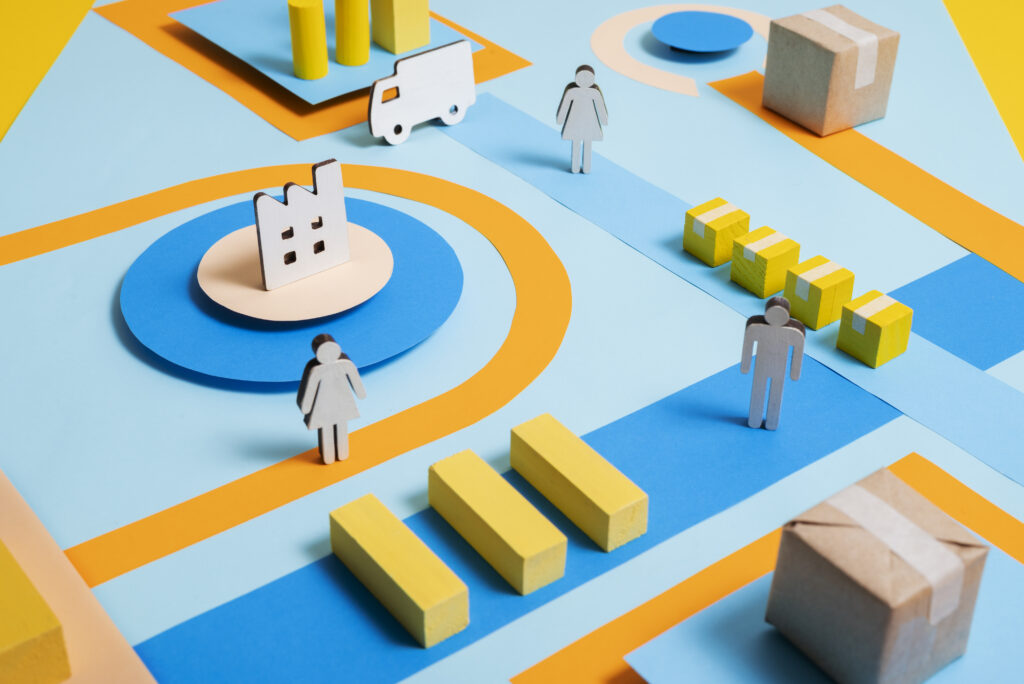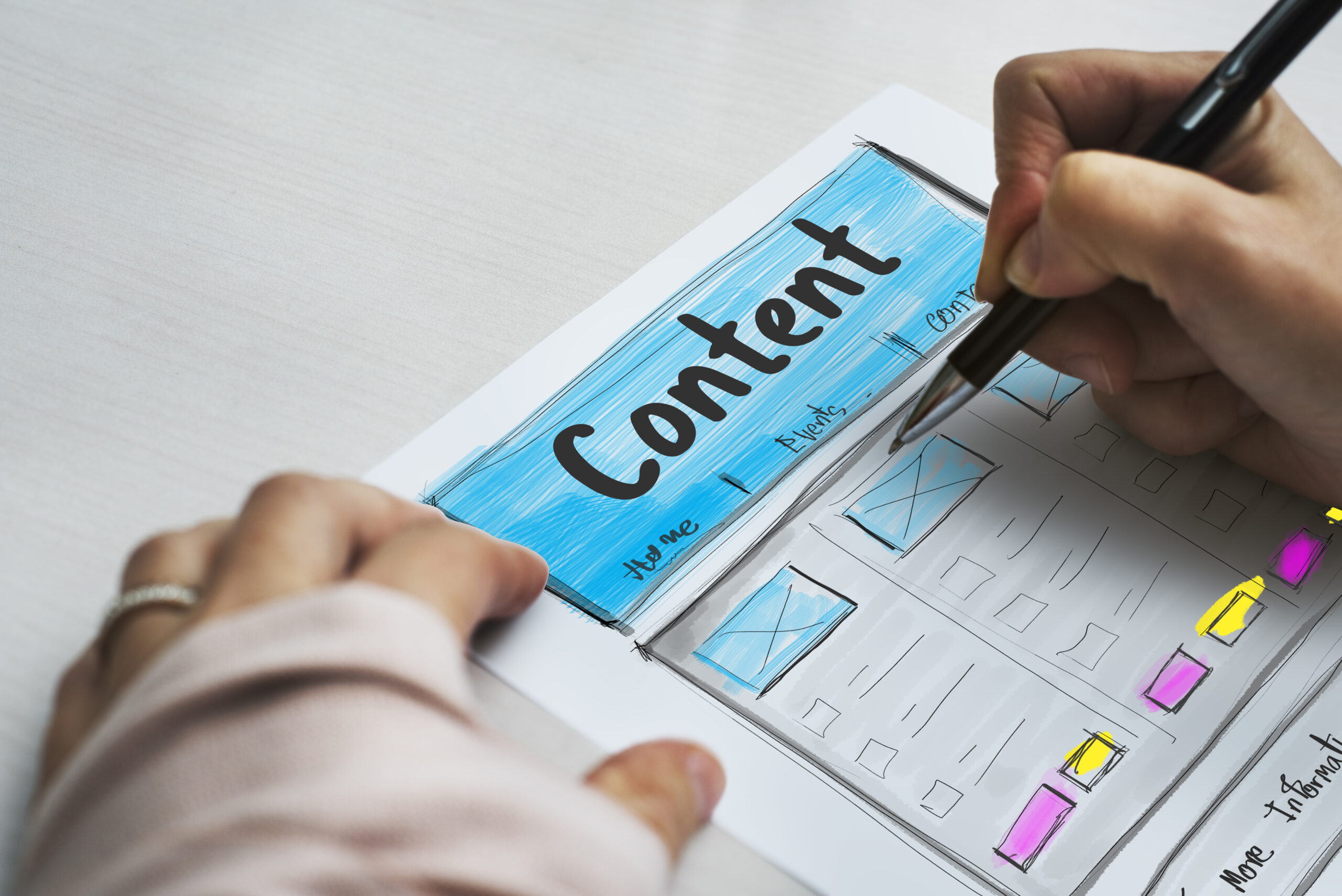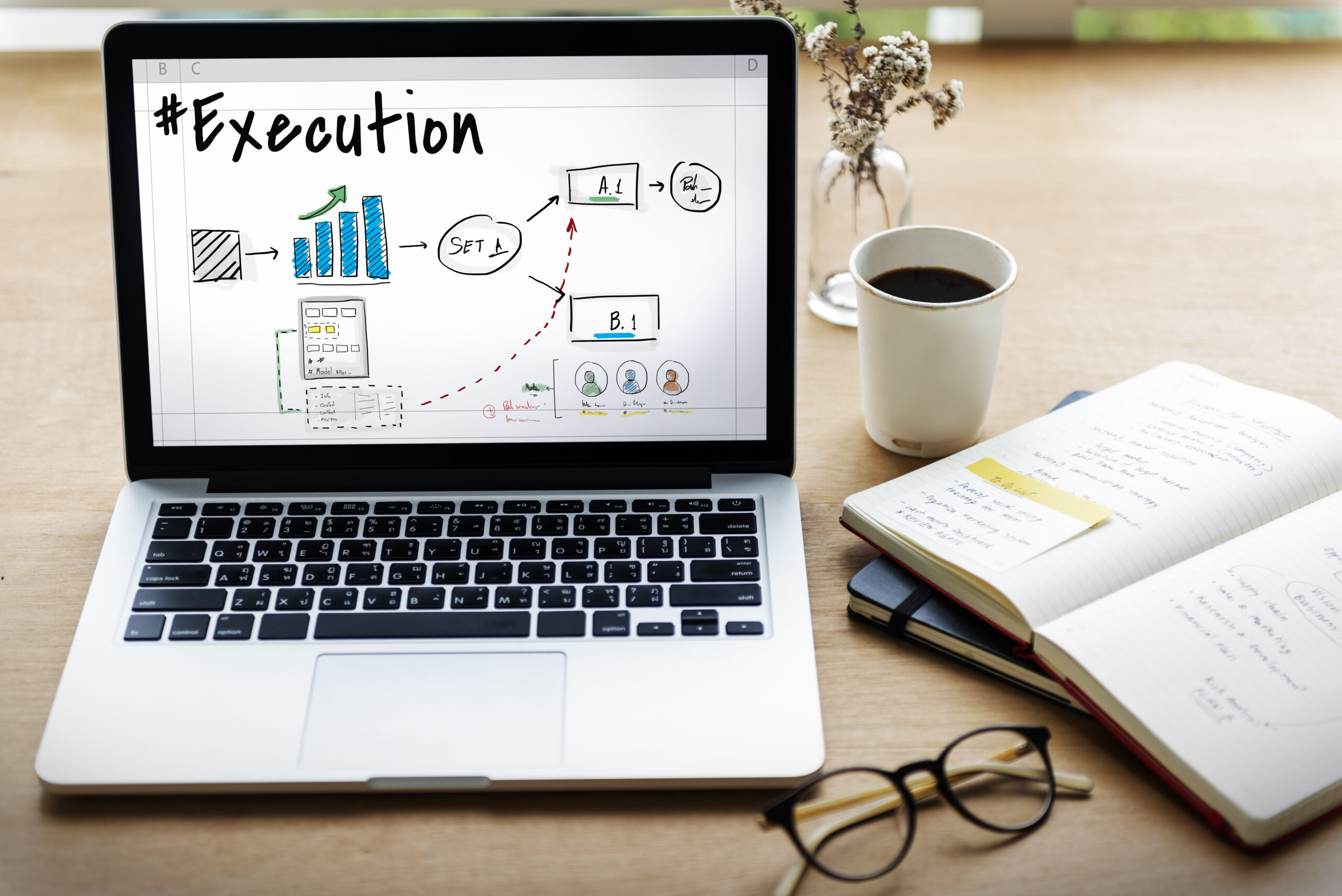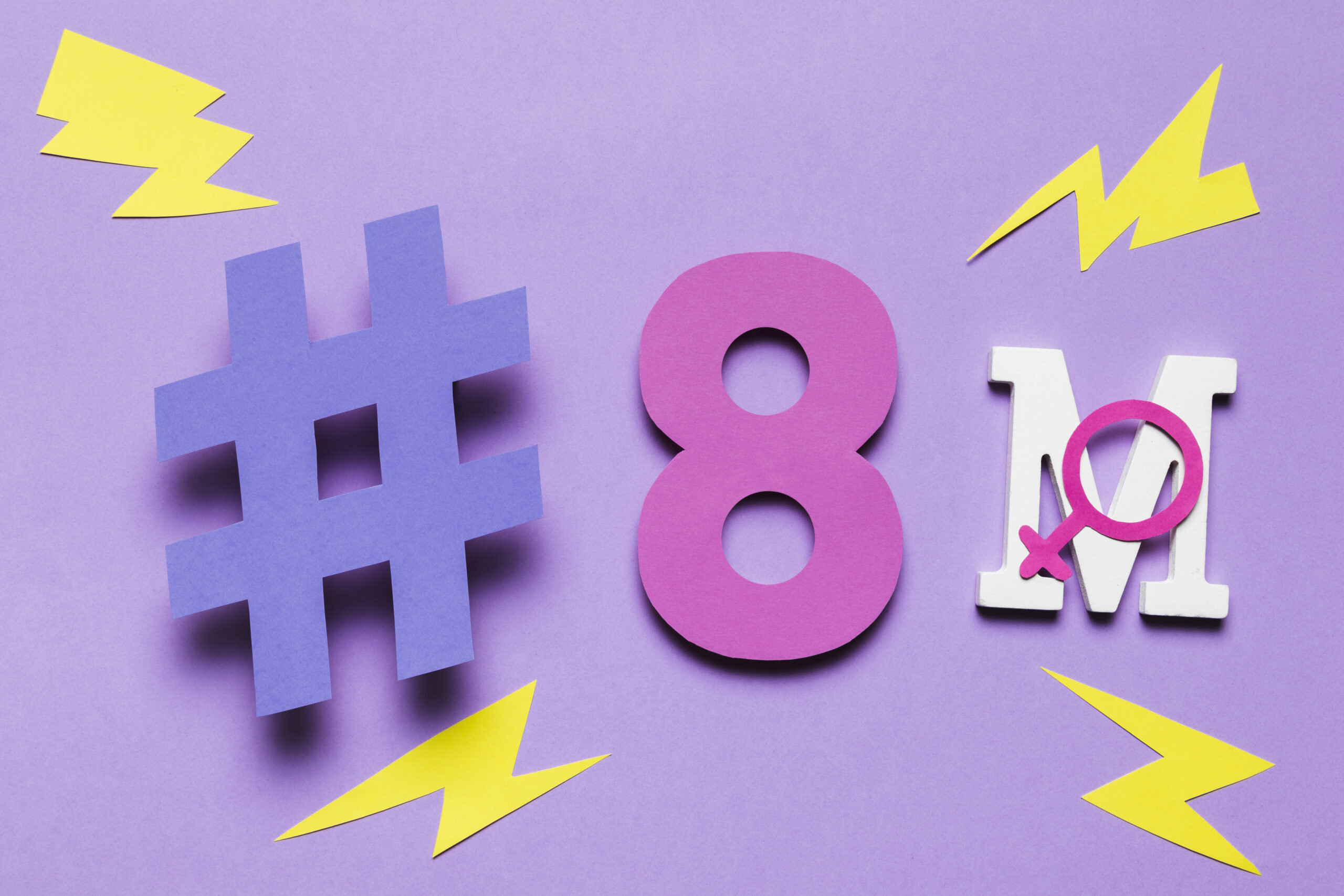In the world of digital marketing, content is the engine, but strategy is the fuel that keeps it moving in the right direction. And if there’s one strategy marketers can’t afford to ignore, it’s mapping the right content formats to each stage of the buyer’s journey.
Why? Because even the most well-written blog post will flop if it’s shown to the wrong audience at the wrong time. Content must be timely, relevant, and purposeful. It’s all about delivering the right message at the right moment.
In this in-depth guide, we’ll break down:
- What the buyer’s journey really is
- The psychology behind each stage
- The best content formats to use—from first touch to final sale
Let’s dive in.
Understanding the Buyer’s Journey
The buyer’s journey is the path a potential customer takes from realizing they have a problem to finally making a purchase decision. It typically includes three stages:
1. Awareness Stage
The prospect realizes they have a problem or need but doesn’t fully understand it yet.
Goal: Educate and create awareness around the issue.
2. Consideration Stage
Now the buyer is actively researching solutions and weighing their options.
Goal: Provide detailed, value-driven content that showcases possible solutions (including yours).
3. Decision Stage
The buyer is ready to choose a product or service.
Goal: Make your offer irresistible with proof, incentives, and confidence boosters.
Content Formats by Stage of the Buyer’s Journey
Each phase demands a different type of content. Here’s how to choose the right formats and why they work.
1. Awareness Stage – Capture Attention & Educate
At this stage, your audience isn’t looking for your product yet—they’re trying to understand a challenge they’re facing. Your job is to educate, not sell.
Best Content Formats:
Blog Posts
Great for organic SEO and educating broad audiences.
Example: “10 Reasons Your Website Isn’t Ranking on Google”
Why it works: Solves a common pain point and builds brand authority.
Infographics
Perfect for simplifying complex data or processes visually.
Example: A flowchart showing how poor SEO affects e-commerce revenue
Why it works: Easy to share, snackable, and visually compelling.
Educational Videos or Explainer Animations
Helps grab attention and boost time-on-page metrics.
Example: A 2-minute animated explainer on how AI content tools work
Why it works: Short, engaging, and effective at explaining abstract concepts.
eBooks & Guides (Gated)
Long-form assets used to capture emails and generate leads.
Example: “Complete Guide to Content Marketing in 2025”
Why it works: Offers in-depth value in exchange for contact info, great for list building.
Podcasts & Webinars (Introductory Topics)
Soft introduction to your expertise in an engaging, conversational way.
2. Consideration Stage – Build Trust & Demonstrate Value
Now that your audience knows they have a problem, they’re evaluating options. This is where you become a solution provider—not just an educator.
Best Content Formats:
Case Studies
Show how your product or service has solved real problems.
Example: “How Our SEO Strategy Boosted Organic Traffic by 300% in 90 Days”
Why it works: Real-world proof builds trust.
Comparison Guides
Help readers compare different solutions and make informed choices.
Example: “HubSpot vs Mailchimp: Which CRM Is Best for Small Businesses?”
Why it works: Provides value while subtly positioning your solution.
Demo Videos or Product Walkthroughs
Let prospects see your product in action.
Example: A 5-minute video showing how your app streamlines social media scheduling
Why it works: Visual proof makes your value proposition clear.
In-Depth How-To Blogs & Tutorials
Showcase your expertise and usability.
Example: “How to Build a Content Calendar in Notion (Step-by-Step)”
Why it works: Hands-on value keeps your brand top-of-mind.
Email Nurture Sequences
Automated educational series to guide leads closer to conversion.
Include curated blog posts, case studies, user testimonials, and more.
3. Decision Stage – Convert With Confidence
The buyer’s ready to make a move. Your content should now focus on reducing friction, answering objections, and making it easy to say yes.
Best Content Formats:
Product Pages (Optimized for CRO)
Well-structured product pages with clear CTAs, benefits, and social proof.
Pro Tip: Use schema markup and fast-loading elements to enhance SEO.
Customer Testimonials & Reviews
Nothing beats social proof when it’s decision time.
Example: “See what 1,500+ happy customers are saying about our AI writing tool.”
Free Trials or Live Demos
Let them try before they buy.
Example: “Start Your 7-Day Free Trial—No Credit Card Required.”
Why it works: Reduces perceived risk.
Pricing Pages (Transparent & Value-Focused)
Include tiered pricing, FAQs, and a pricing calculator if possible.
Pro Tip: Use anchor pricing and highlight the most popular plan.
Limited-Time Offers, Discounts, or Bonuses
Create urgency and seal the deal.
Example: “Get 20% off your first 3 months—offer ends Friday!”
Real-World Buyer Journey Mapping Example
Let’s imagine you’re a SaaS company offering a project management tool. Here’s how your content might look at each stage:
| Stage | User Intent | Content Example |
| Awareness | “Why are my teams missing deadlines?” | Blog: “5 Reasons Projects Fail and How to Fix Them” |
| Consideration | “Best project management tools 2025” | Guide: “Asana vs Trello vs OurTool – Side-by-Side” |
| Decision | “Try project management software free” | Free Trial Page + Video Demo + Customer Reviews |
Why This Matters for SEO and Conversions
Content aligned with the buyer’s journey not only improves engagement and conversion rates, but also:
- Reduces bounce rates
- Improves dwell time (good for Google ranking)
- Boosts lead quality
- Increases customer retention post-purchase
And here’s a kicker: HubSpot reports that businesses that prioritize buyer-journey content are 67% more likely to generate quality leads.
Final Tips: Getting It Right
✅ Know Your Audience: Build personas to understand goals, pain points, and behaviors.
✅ Map Your Funnel: Audit your current content and fill the gaps in each stage.
✅ Measure and Optimize: Use analytics to track performance and A/B test different formats.
✅ Maintain Consistency: Align voice, branding, and messaging across all touchpoints.
Conclusion
Creating great content isn’t just about what you say—it’s when and how you say it that makes the difference. The most successful content marketing strategies are those that follow the natural buying journey—delivering the right message at the perfect time.
Whether you’re targeting cold leads or nurturing warm prospects, now you’ve got the blueprint to build trust, generate leads, and drive conversions through content that truly serves.







